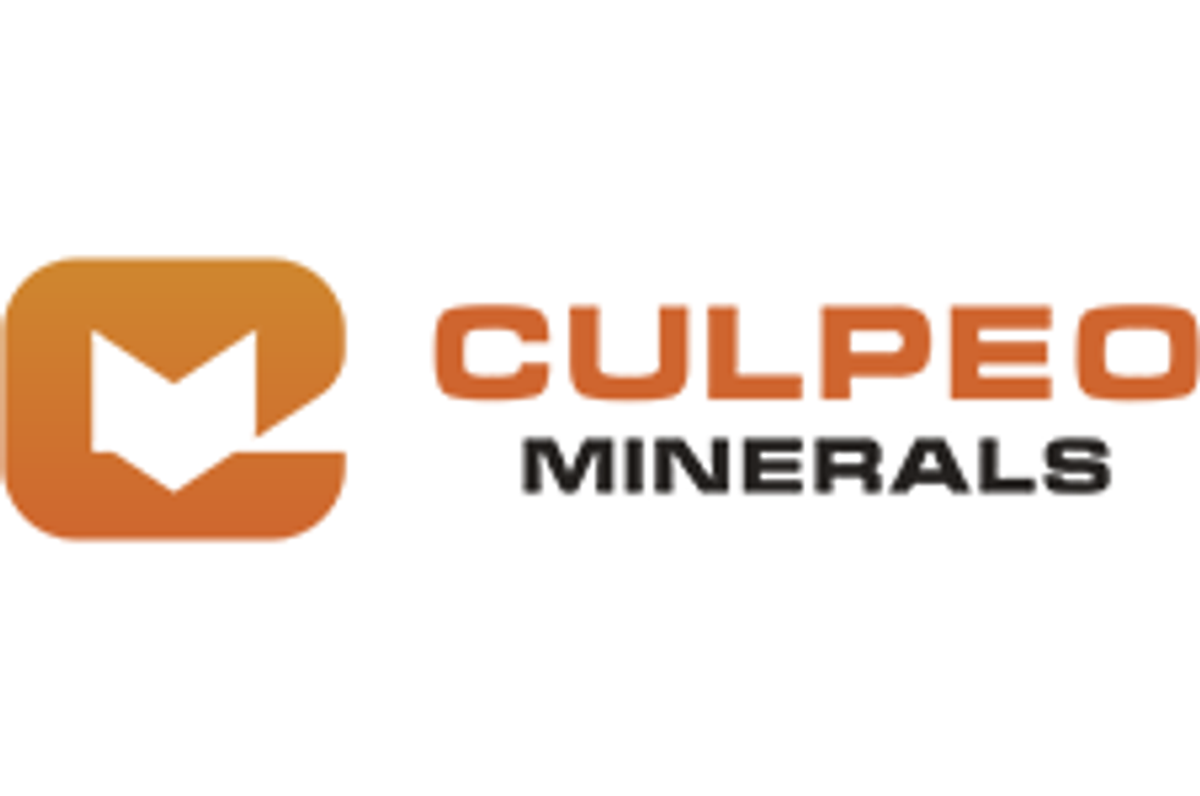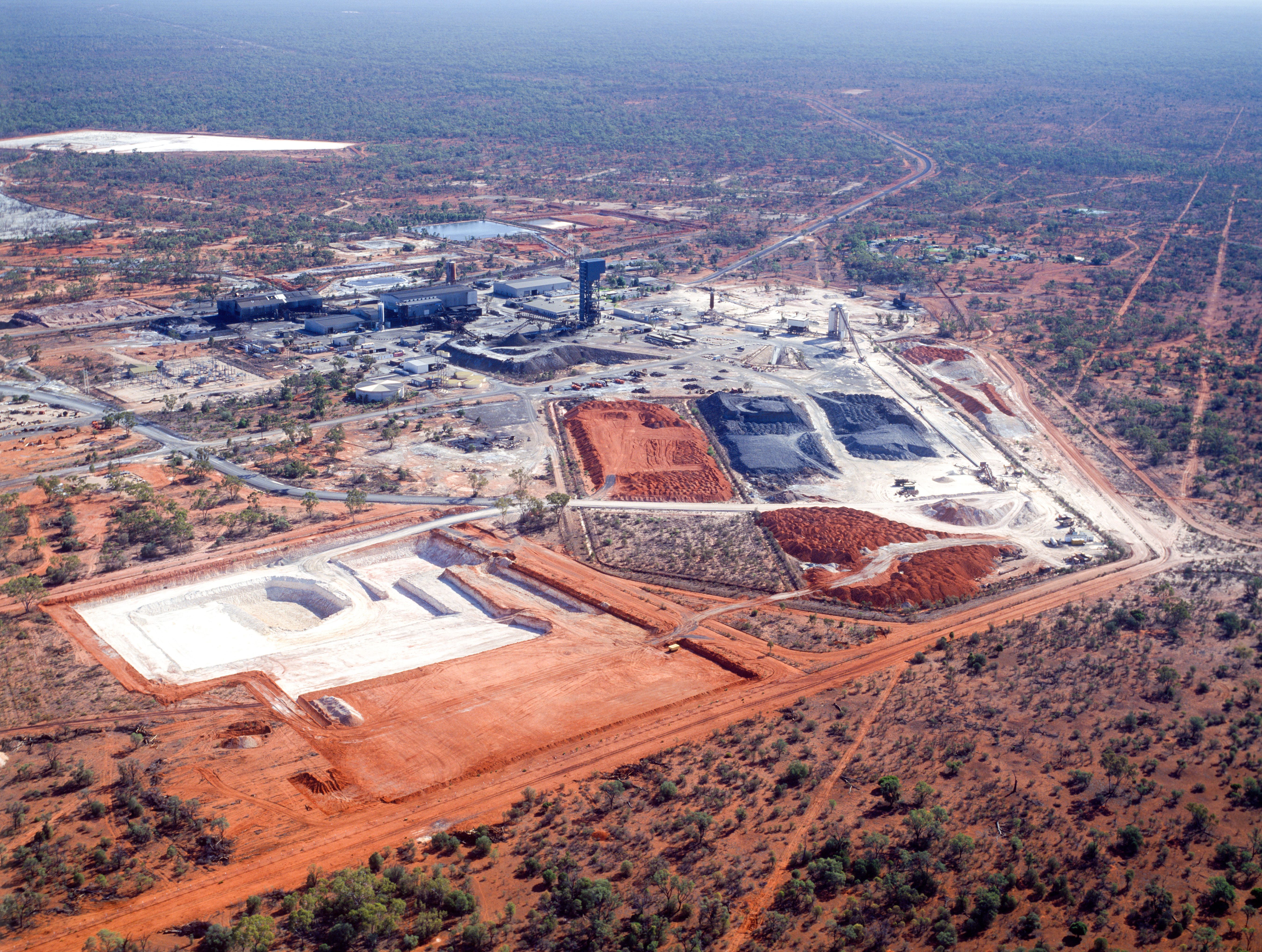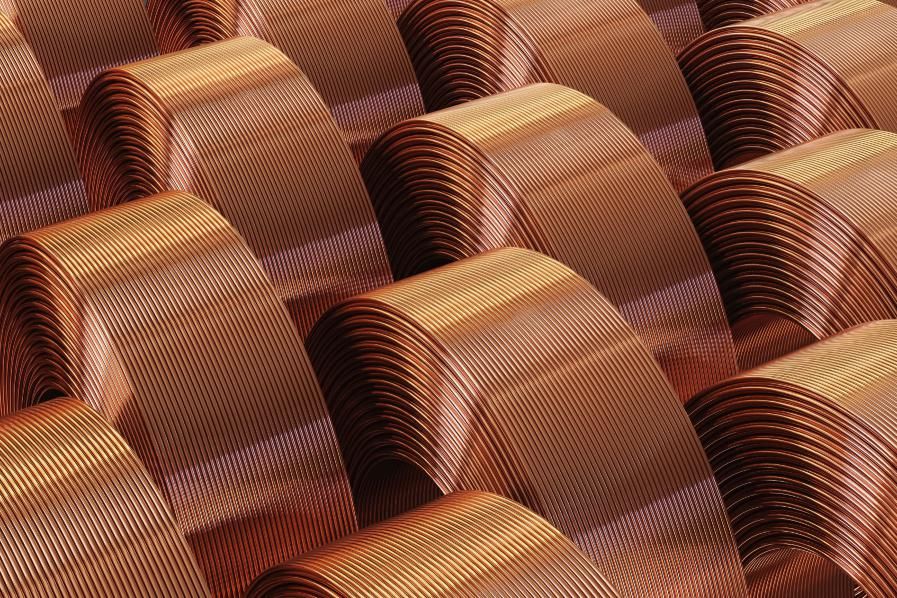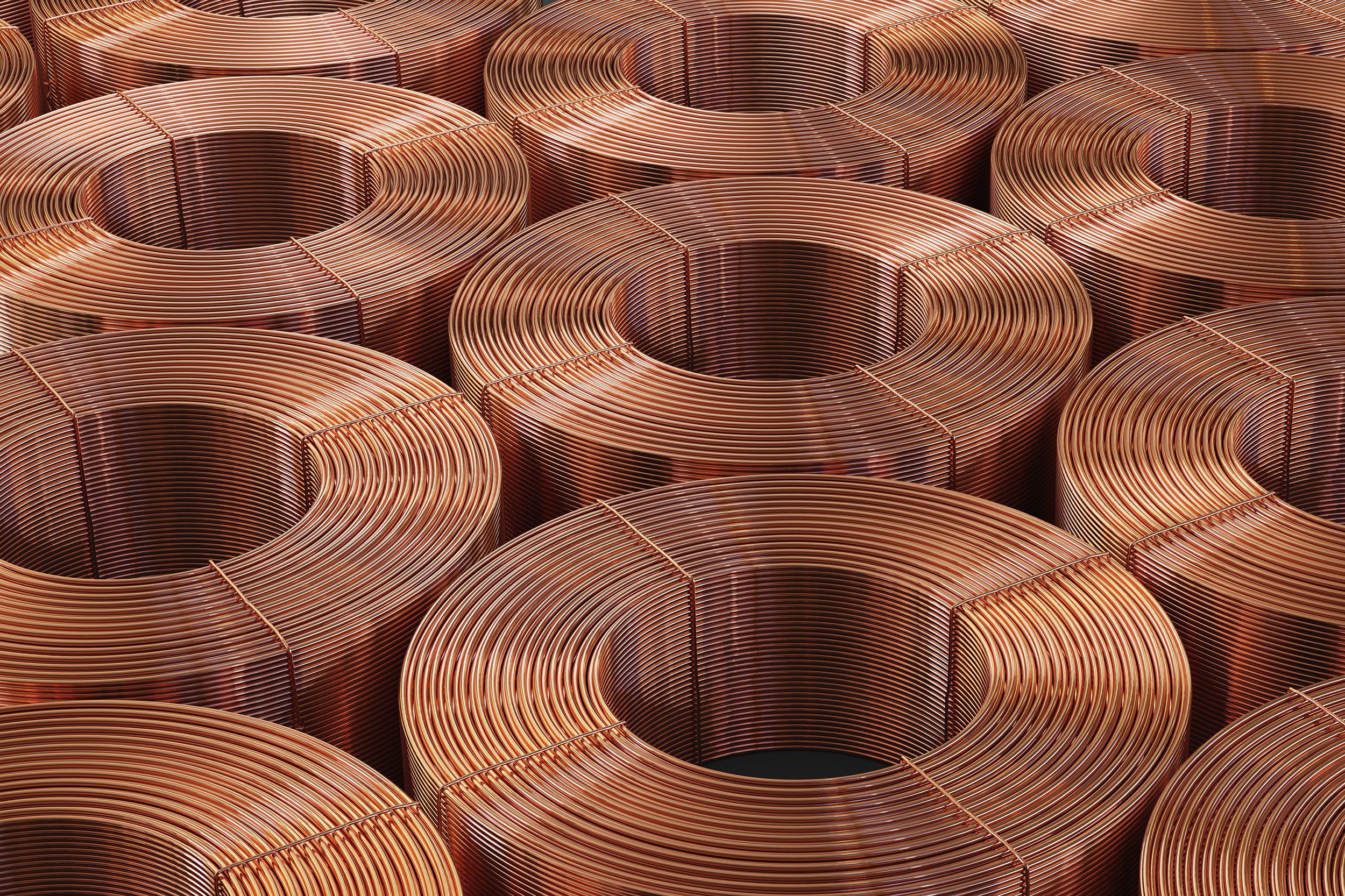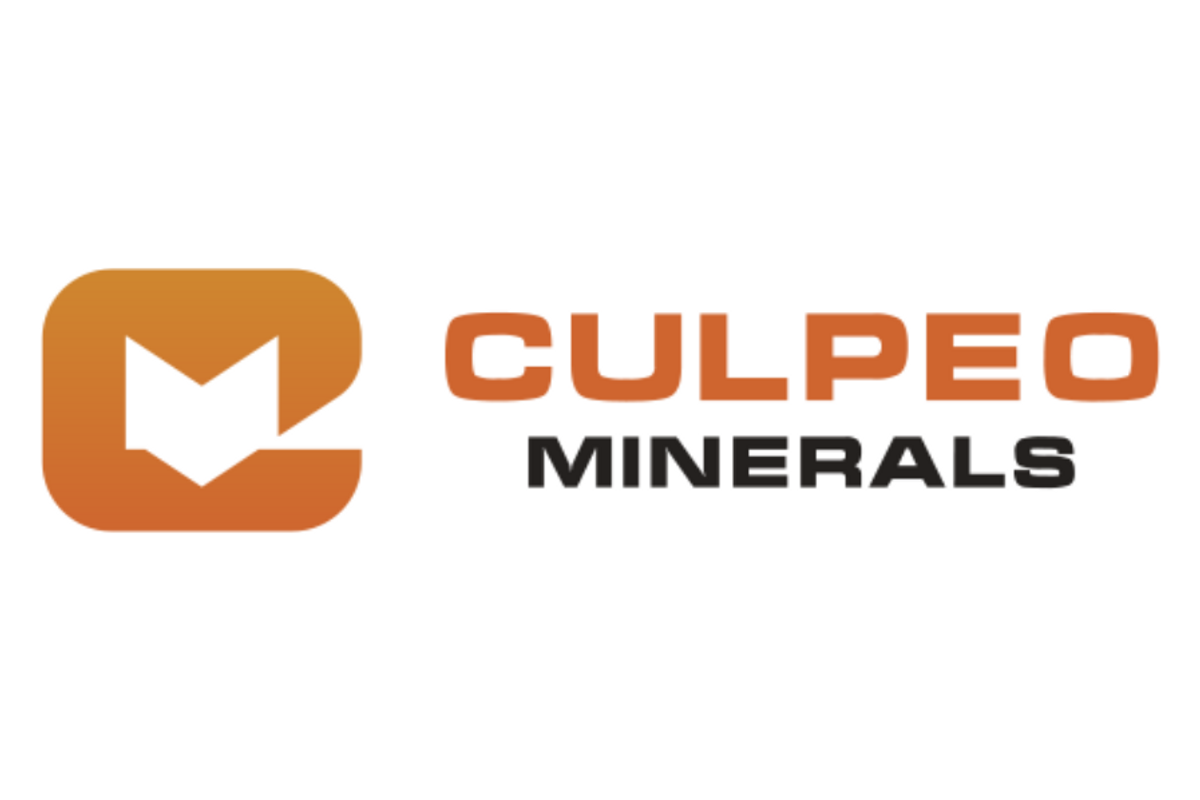
March 18, 2024
Culpeo Minerals Limited (“Culpeo” or the “Company”) (ASX:CPO, OTCQB:CPORF) is pleased to announce that assay results returned from ongoing regional mapping and sampling programs at its Fortuna Project (the Project) have led to the discovery of new mineralisation at the El Quillay East Prospect. The Company intends to quickly delineate the full extent of this new target prior to drill testing.
HIGHLIGHTS
- Newly discovered El Quillay East Prospect hosts high-grade copper and gold mineralisation 500m to the east of the main El Quillay Fault (see Figure 1).
- Rock chip samples returned assay grades up to 3.29% Cu and 1.32g/t Au, with all samples being greater than 1.0% Cu.
- Samples collected over an initial area of 250m x 150m with potential to extend in all directions.
- The El Quillay East Prospect is located on a structure parallel to the main El Quillay Fault and remains open to the southeast.
- The El Quillay Fault Zone spans >3km and links the El Quillay South, Central and North Prospects, where previous drilling returned an intersection of 26m @ 0.81% CuEq1.
- New breccia targets defined at Lana Corina and Vista Montana are scheduled for drilling in the coming weeks.
Culpeo Minerals’ Managing Director, Max Tuesley, commented:
“We are highly encouraged by these promising initial results from our target generation programs. The newly defined and well mineralised El Quillay East Prospect illustrates an abundance of copper mineralisation at surface within the structural corridor. Given this prospect has never been drilled, we see good potential for a second mineralised trend to be discovered, parallel to the 3km long El Quillay Fault.”
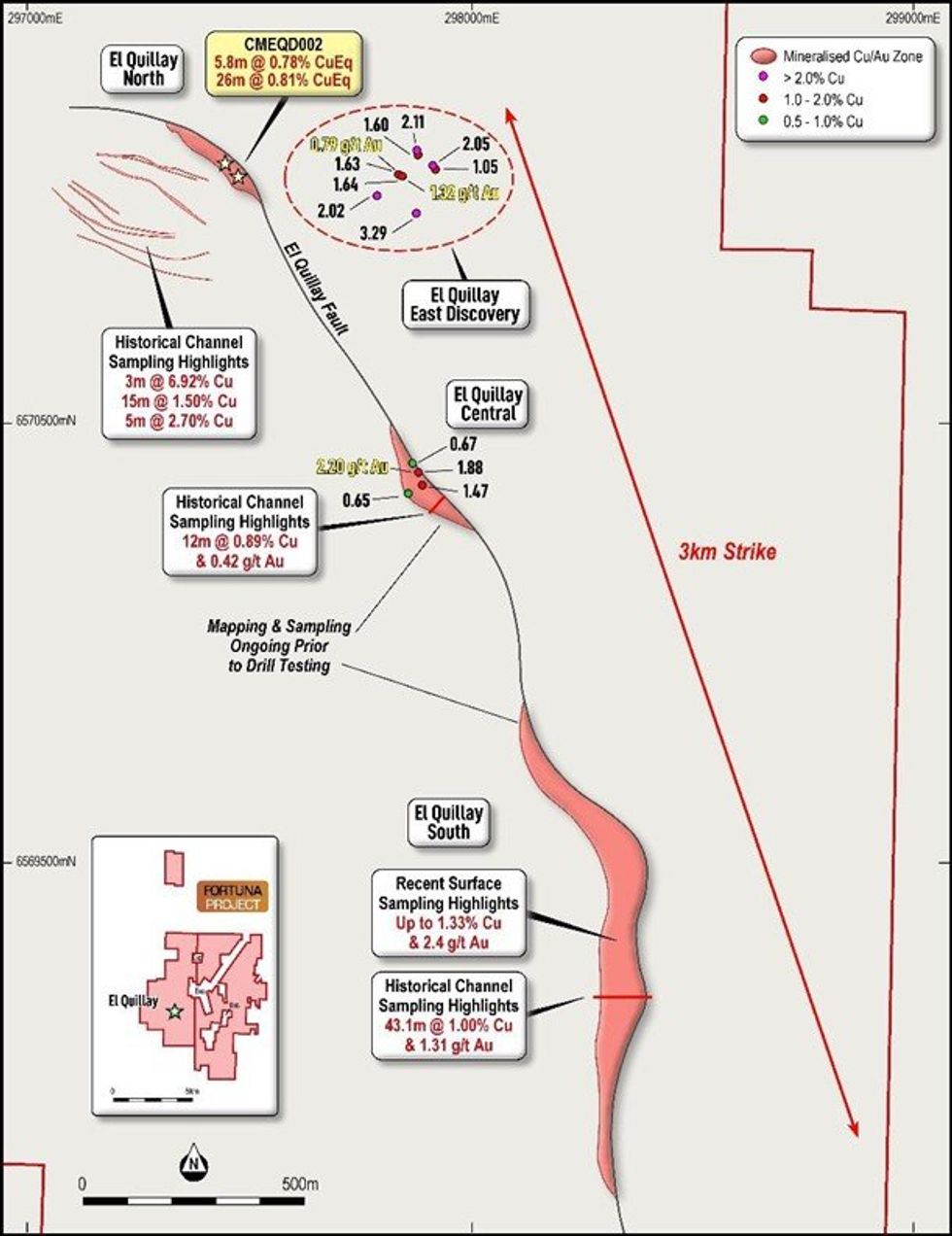
EL QUILLAY EAST AND CENTRAL MAPPING AND SAMPLING
The El Quillay East Prospect is a newly discovered zone of mineralisation located 500m east of the El Quillay North Prospect where previous drilling returned an intersection of 26m @ 0.81% CuEq1. Samples were taken from outcrop and subcrop locations, and areas where copper and gold mineralisation has historically been exploited by small scale surface and underground mining (see Figure 1).
Results from sampling returned grades up to 3.29% Cu with strong gold mineralisation of up to 1.32g/t Au (refer Table 1).
Confirmatory sampling was also completed at El Quillay Central where assay results returned grades up to 1.88% Cu and gold mineralisation of up to 2.20g/t Au (refer Table 2).
Click here for the full ASX Release
This article includes content from Culpeo Minerals, licensed for the purpose of publishing on Investing News Australia. This article does not constitute financial product advice. It is your responsibility to perform proper due diligence before acting upon any information provided here. Please refer to our full disclaimer here.
CPO:AU
The Conversation (0)
03 April 2024
Culpeo Minerals
Exploring High-grade Outcropping Copper-Gold Projects in Chile
Exploring High-grade Outcropping Copper-Gold Projects in Chile Keep Reading...
10h
Copper Price Forecast: Top Trends for Copper in 2026
Copper prices were volatile in 2025 due to supply constraints, high demand and geopolitical concerns.Experts are calling for many of these trends to carry over into 2026, sending the market into deficit. Beyond supply and demand fundamentals, copper will also be met with global uncertainty as... Keep Reading...
14h
Transformational AI-Led JV with Lithosquare SAS
€1.4 million exploration acceleration programme for Aterian's Moroccan and Botswana copper and critical mineral targets
Aterian plc (LSE: ATN), the critical mineral exploration and development company focused on Africa, is pleased to announce the signing of a binding Heads of Terms ("HoT") for a strategic, AI-powered earn-in joint venture ("JV") with Lithosquare SAS ("Lithosquare"), a Paris-based next-generation... Keep Reading...
05 December
Surge in Copper Demand Re-energises Cobar Basin’s Underexplored Resource Potential
The Cobar Basin in Central New South Wales, Australia, may be emerging as a key focus for investors positioning for the next wave of copper supply. With a looming global shortage of the red metal and long-term demand being driven by electrification and decarbonisation, savvy investors are... Keep Reading...
03 December
Copper Price 2025 Year-End Review
Copper prices were volatile in 2025, with high levels of uncertainty influencing the market. Changing US trade policy, as well as traditional supply and demand fundamentals, worked together to move the metal. Increasing demand and a lack of new supply have long been key drivers for copper, and... Keep Reading...
02 December
Top 10 Copper-producing Companies
Copper miners with productive assets have much to gain as supply and demand tighten. The price of copper reached new all-time highs in 2025 on both the COMEX in the United States and the London Metals Exchange in the United Kingdom. On the COMEX, the copper price peaked at US$5.94 per pound... Keep Reading...
01 December
SolGold Rejects Latest Jiangxi Copper Proposal
SolGold (LSE:SOLG,OTC Pink:SLGGF) confirmed that it received and has once again rejected a preliminary, conditional, non-binding proposal from Jiangxi Copper (HKEX:0358,SHA:600362,OTC Pink:JIAXF). Pitched at 26 pence (US$0.34) per ordinary share, the offer to acquire the entire issued and... Keep Reading...
Latest News
Latest Press Releases
Related News
TOP STOCKS
American Battery4.030.24
Aion Therapeutic0.10-0.01
Cybin Corp2.140.00
